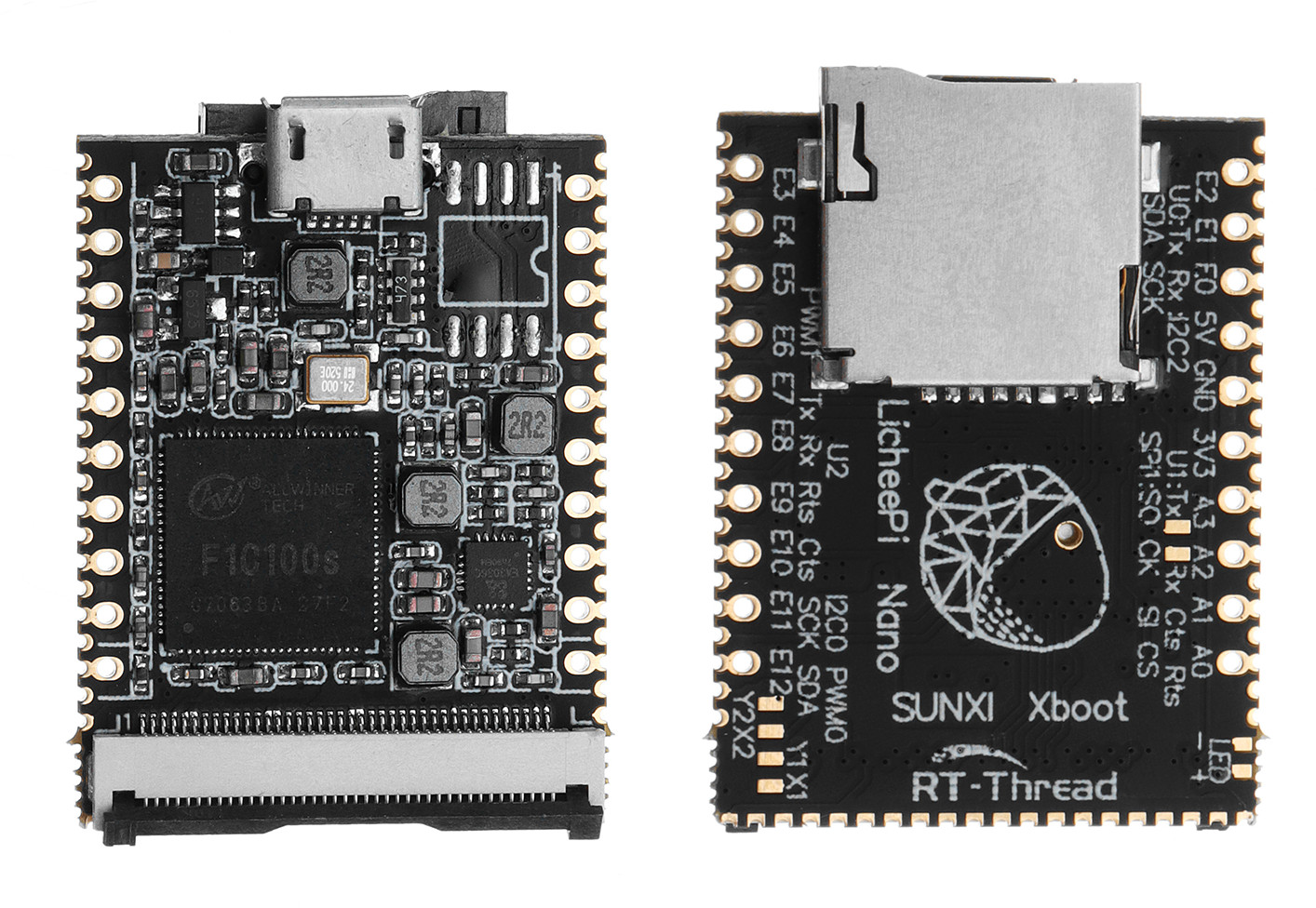@fabien32
The Zishans are DACs. Which means they convert digital-to-analog signal. A lot of the mods that you see fail to see the Delta Sigma Modulation is basically converting a digital signal into an analog one.
These particular players have the Ak449x chips which specifically the decodes DSD signals into an analog signal. It plays DSD natively.
The only really improvement you can make is eh digital signal to the analog signal. The output stage as “IvanTT” in this specific application convert the digital into an analog signal.
Filters, output stage and lpf circuitry and even op amps have a wide variety of other application. The “specs” of the op amps in the modern world for exceeds the usage in the audio. So asking someone do describe the function of all the circuitry designs it is unnecessary litmus test. We are not electricians or here for electricity.
Basically what’s in the digital files (information) is decoded. Think of them as your DNA what written on them remains the same constantly. Unless there are major issues with the sound you can only improve the DAC design to certain point. Better power supply, clocks, battery life, etc)
The reason many Zishan uses are experiencing very hot T1 is because there files are harder to read and requires more cpu power to convert the signal.
There’s are lot more “hands on” circuitry when it’s an analog player like vinyl that does with the physical elements for instance that effects the sound but in this case it just reads binary code ones and zeros into an analog signal.
That’s why people when they make improvement say that the digital sounds cold, clinical and analytical.
DSD files in my opinion are the exception and sound the most analog of all of the formats but nobody plays them on these Zishan threads! I’ve also heard the PCM played on a R2R DAC sounds organic more natural.
I believe that many folks on these threads who talk endlessly about the circuitry can’t see the trees from the forest and that’s where the misinformation stems from.
I have mentioned on several occasions that if Ivan is interested in the circuitry, he lives in New Zealand which has access to the US markets to buy all the offical Evaluation boards to make things like headphone amps, dacs etc. All the world renowned companies who make the components are extremely generous with their knowledge of instructional videos of each electrical topic and even have forums for these very discussions. Even the arrow.com where many Zishan users have bought their parts have these forums.
I’m not saying they should be censored in fact talk about it all you want I just think they feel a sense of chip on their shoulder. In the digital age software is king! (Why do you think the most profitable companies in the world are in the Silicon Valley?) And I have yet to see in these discussion how to improve the firmware or open source it with more applications for audio. These are of course hacks and the Zishans are not development boards but they do exist and so do all the components found on the Zishan in the US markets can be programmed to do what Zishan. If these folks are who they say they are then why not build one from scratch!
























